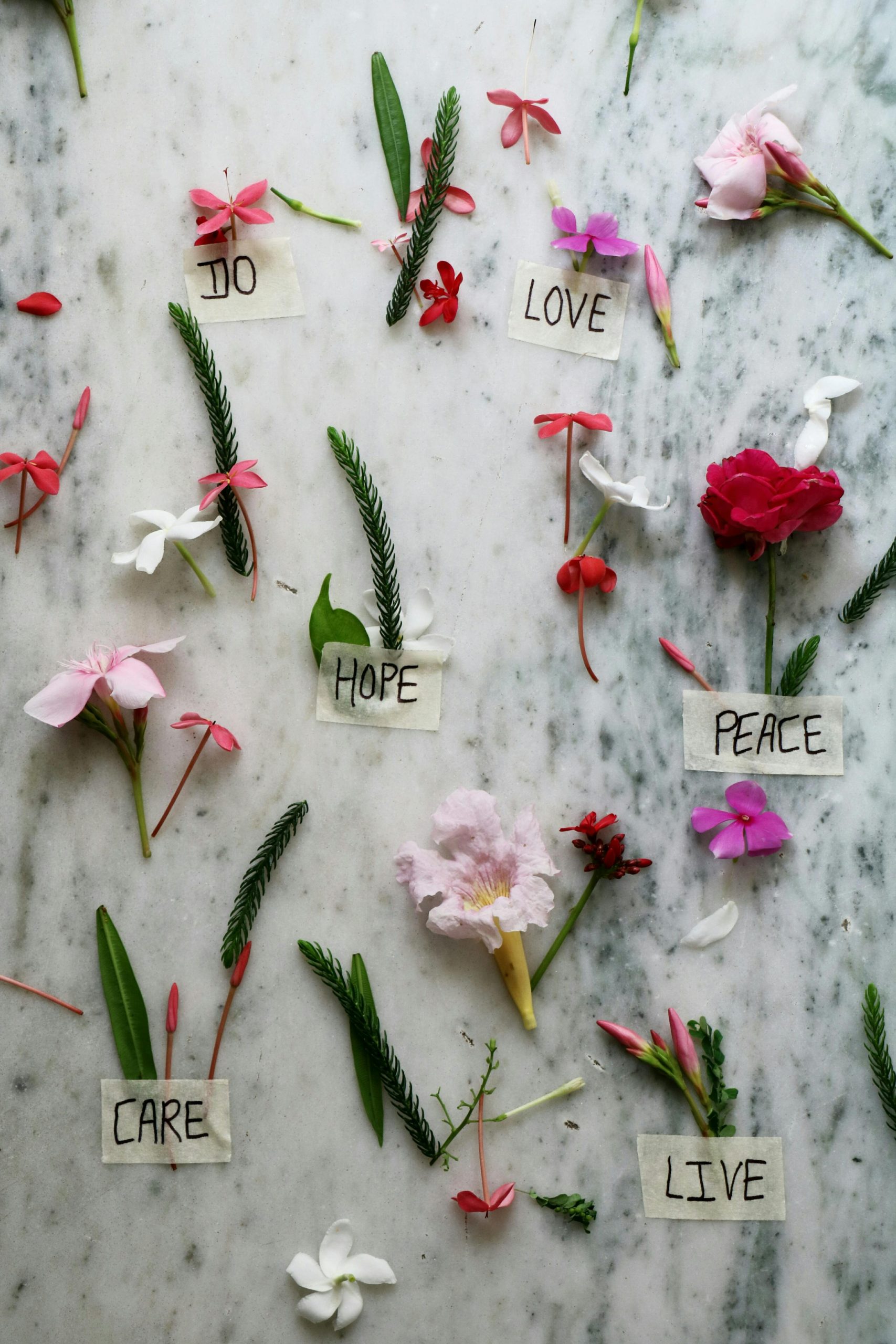Discovering the Nighttime Habits and Diet of South Quay Swans
Have you ever wondered about the swans that gracefully glide across the waters of South Quay? These elegant birds are a charming sight, but their nighttime behavior and feeding habits might pique your curiosity even further.
First off, where do these swans settle in for the night? Unlike many animals that seek shelter, swans often choose to stay close to the water. They typically find safe, secluded areas along the shore or in reed beds, where they can escape potential predators while still being near their feeding grounds. In colder months, it’s not unusual for them to huddle together for warmth, providing a stunning spectacle against the backdrop of the night.
Now, let’s delve into their diet. Swans are primarily herbivorous, feeding on a variety of aquatic plants, grasses, and algae. In the lush environment of South Quay, they have access to an abundant supply of water plants that constitute their main diet. Occasionally, they may also consume insects and small fish, especially during the breeding season when additional protein is beneficial.
Understanding the lifestyle of these magnificent birds can enhance our appreciation of them. The next time you visit South Quay, take a moment to observe these swans, not just during the day, but also from afar under the moonlight, and reflect on their fascinating nocturnal habits and dietary preferences.


As a long-time resident of South Quay, I find the nightly routines of our local swans truly fascinating.
It’s worth noting that many of the swans here have become quite accustomed to their human neighbors, often resting close to the shore where they feel safest. During colder months, I’ve observed them huddling in more secluded reed beds, showcasing their remarkable adaptability to the Chill Thames environment.
Regarding their diet, I’ve noticed that they frequently forage around the water’s surface, nibbling on water plants and grasses we see along the banks. Occasionally, if you’re lucky, you might spot them catching small fish or insects—these moments are a testament to their resourcefulness and the richness of our local ecosystem.
Next time I walk along South Quay at dusk, I plan to spend a little more time observing these graceful creatures, appreciating their resilience and the vital role they play in our community’s natural charm.
Insight into South Quay Swans’ Habitats and Behaviors
As a fellow resident and bird enthusiast, I find it fascinating how these swans adapt to urban environments like South Quay. Many of us notice them during the day, but their nocturnal habits are a real testament to their resilience and adaptability.
Considering their choice of overnight habitat, it’s likely that they seek out the densest reed beds or hidden shallow areas along the water’s edge to stay safe from predators and harsh weather. These spots often provide some shelter while maintaining proximity to their feeding grounds, which are rich in aquatic plants and algae.
Regarding their diet, it’s interesting to note how adaptable swans can be. While primarily herbivorous, increasing evidence suggests that they opportunistically consume small aquatic animals, especially during breeding season when higher protein intake supports their energy needs. This flexibility highlights the importance of maintaining diverse aquatic habitats within South Quay to support their diet year-round.
For us residents, observing these behaviors can deepen our appreciation and encourage efforts to preserve the natural environment around South Quay, ensuring these beautiful birds remain a lively and charming part of our community. Next time you see them gliding at dawn or dusk, consider how their habitat choices and dietary needs are woven into the fabric of our local ecosystem.